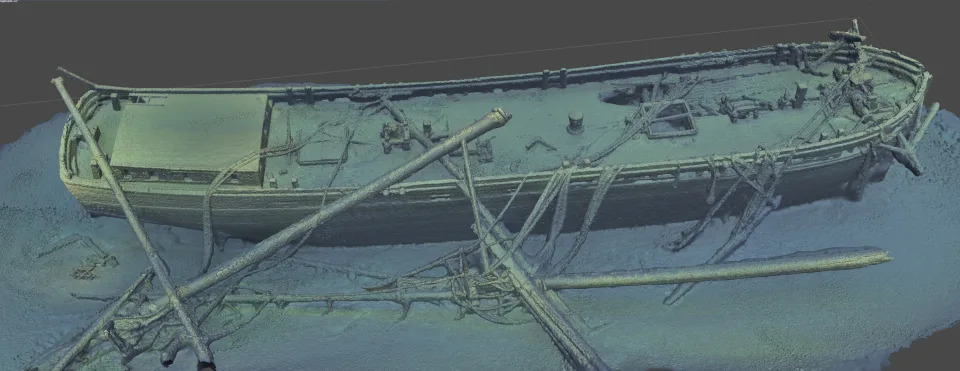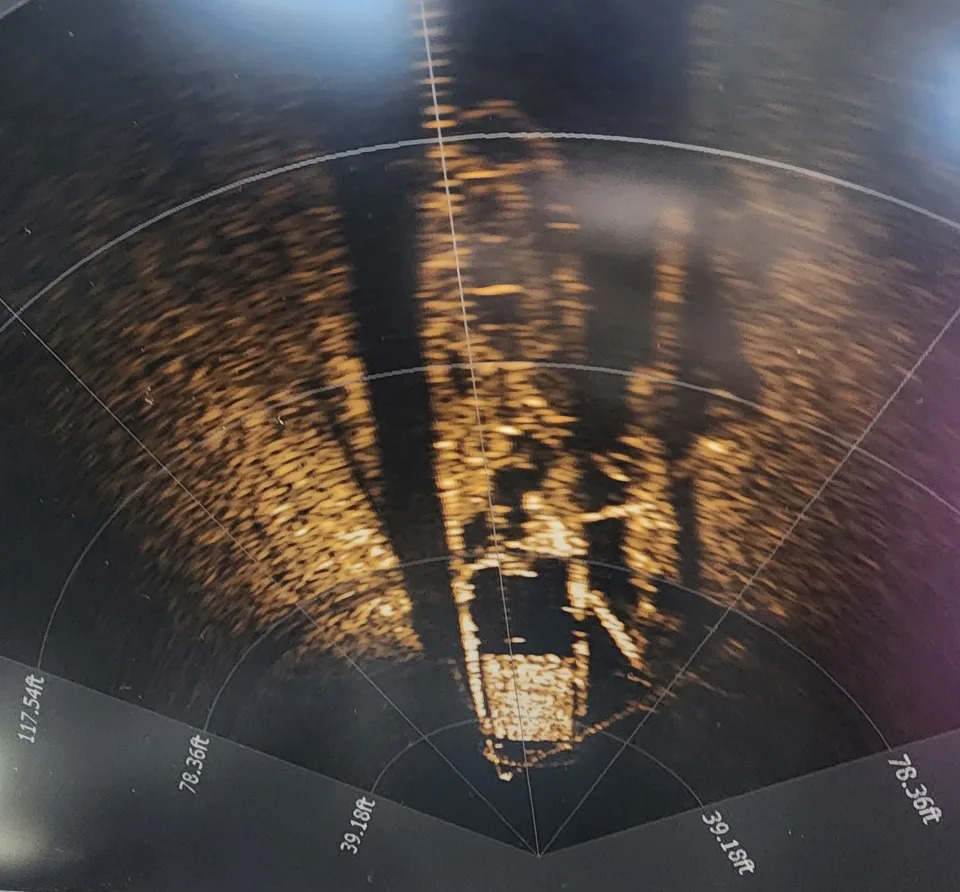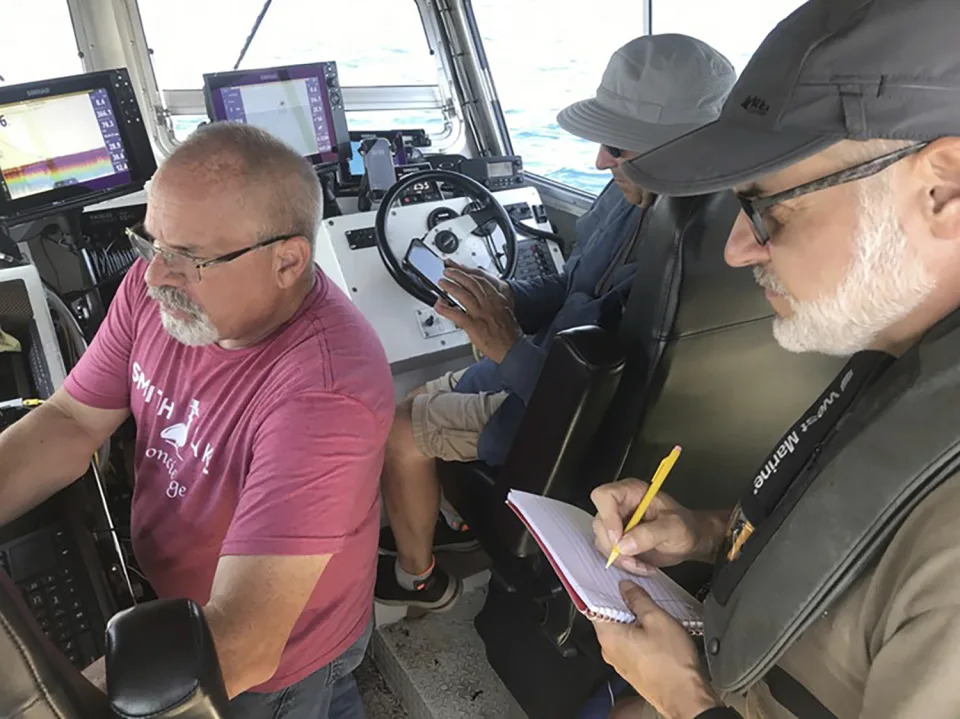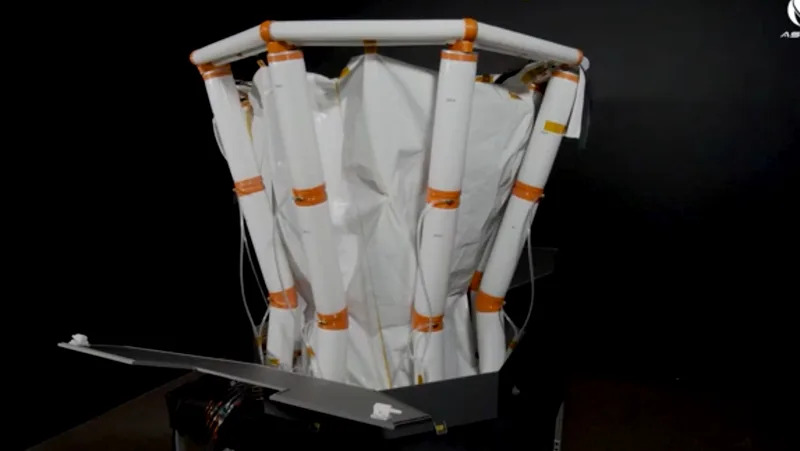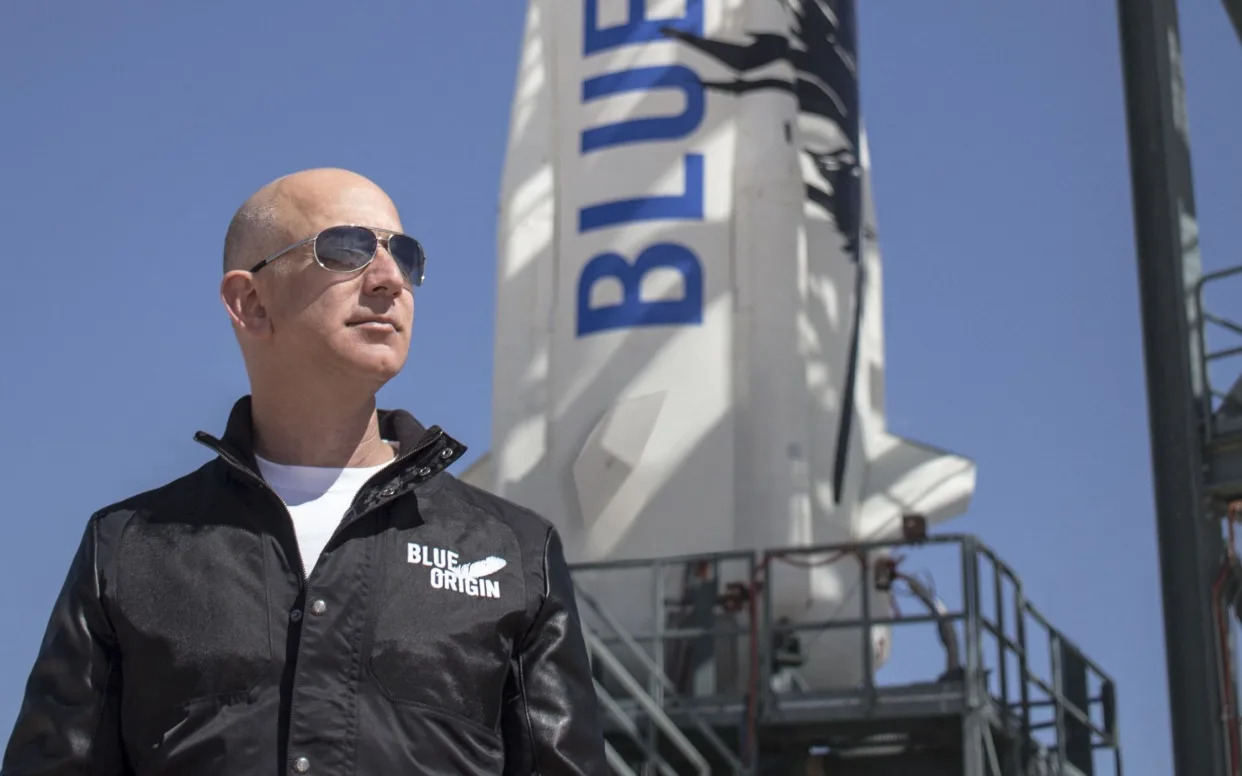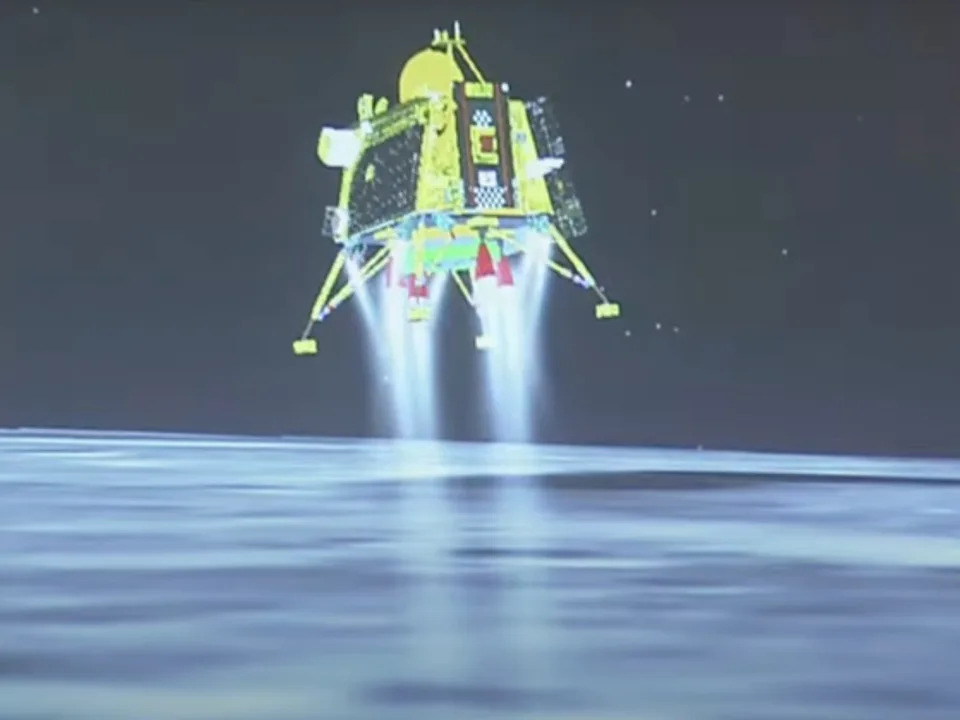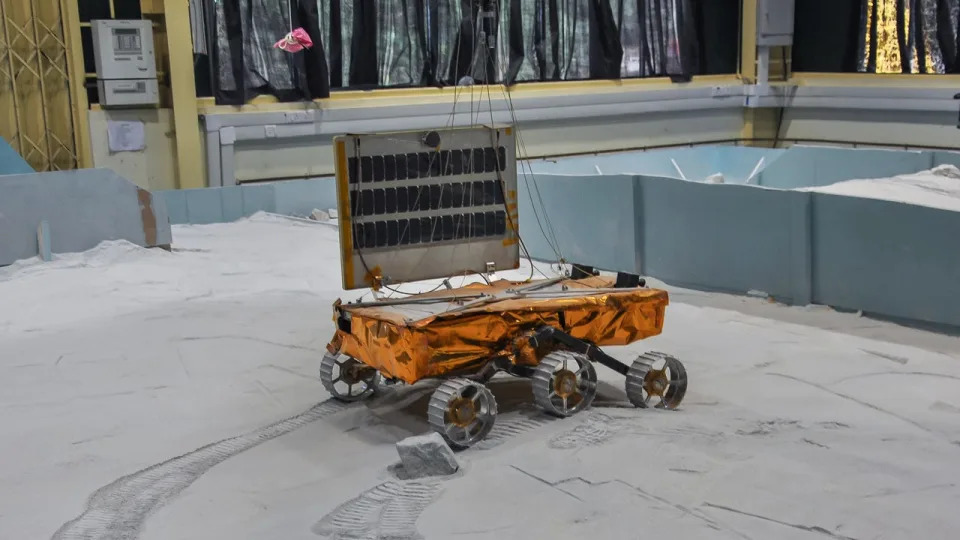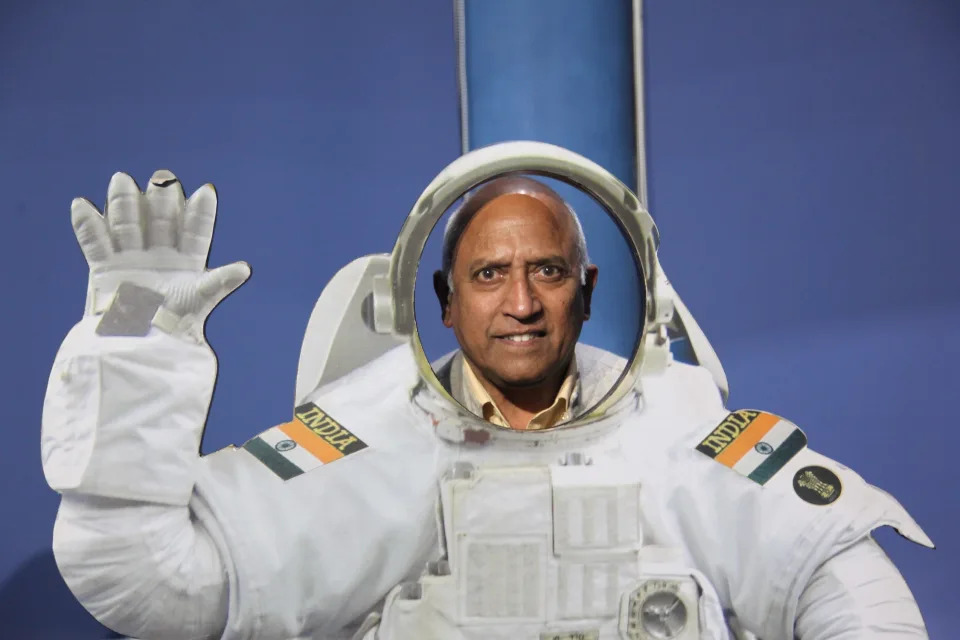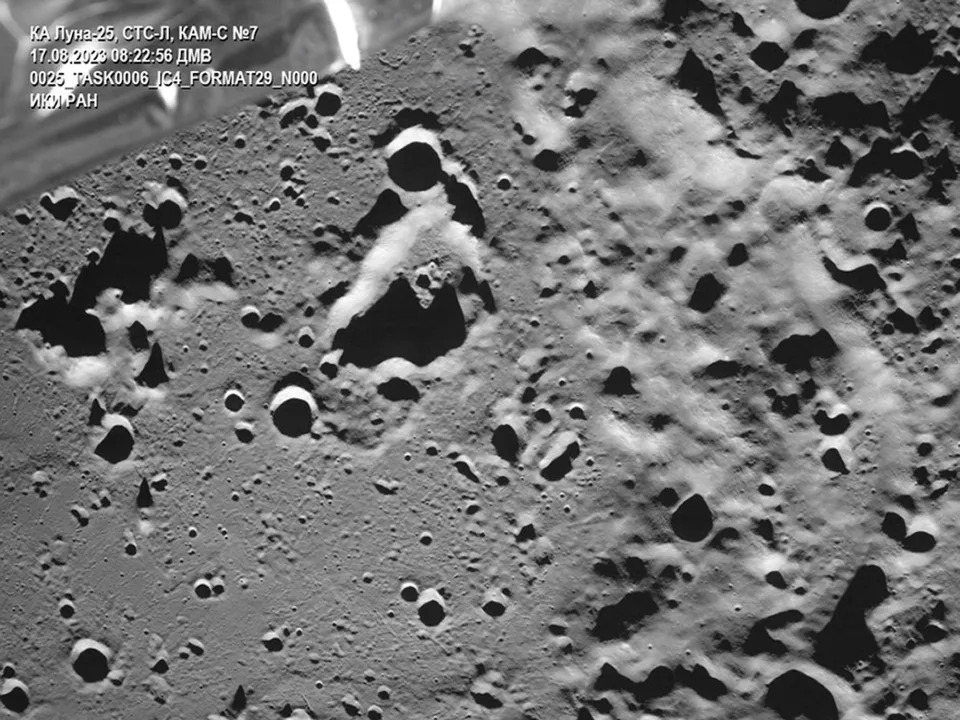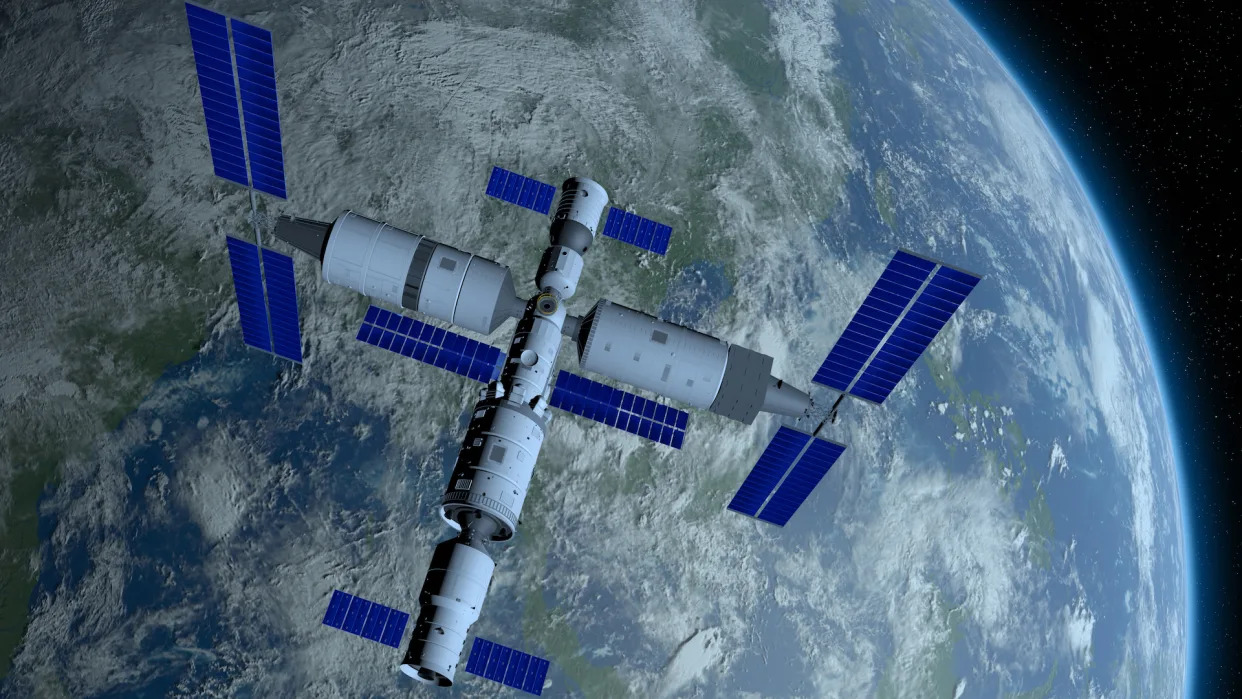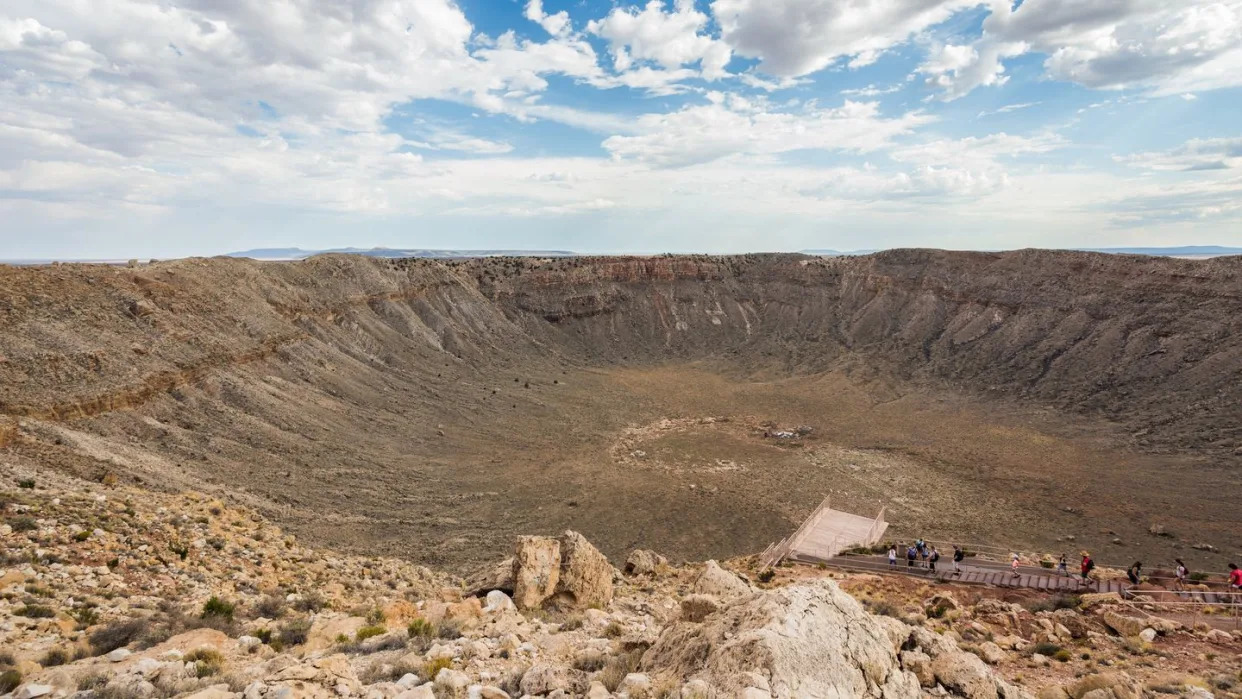Reuters
Thu, August 31, 2023

Migrants seeking asylum in the United States wait at a makeshift encampment, in Matamoros
WASHINGTON/PORT-AU-PRINCE (Reuters) - The United States will continue deporting Haitian migrants back to their country, a spokesperson from the Department of Homeland Security said on Thursday, amid worsening gang warfare that prompted it a day earlier to urge its own citizens to evacuate.
"Removals of Haitian nationals encountered at our southern border and repatriation of Haitian nationals encountered at sea continue," the spokesperson said, noting the Biden administration had expanded parole processes for Haitian migrants.
"Those interdicted at sea are subject to immediate repatriation, and those encountered in the United States without a legal basis to remain are subject to removal," they said.
The United Nations and human rights group have called on the United States and other countries to stop this practice.
U.S. border authorities encountered more than 125,000 Haitians between last October and July, according to U.S. Customs and Border Protection.
Early on Thursday, a flight carrying 66 Haitian migrants landed at Toussaint Louverture International Airport in the capital Port-au-Prince, according to a Homeland Security document seen by Reuters.
The same morning, a small group, including people who arrived in cars from the U.S. diplomatic mission, gathered on a runway of the same airport to board a Boeing 767 plane operated by U.S. charter airline Omni Air International headed to the U.S.
"The humanitarian situation has considerably deteriorated in Haiti in 2023," U.N. Integrated Office in Haiti (BINUH) said in a statement on Thursday, estimating that over 2,500 have been killed and 970 kidnapped since January.
This includes at least 71 people killed in a recent escalation over the last two weeks of August.
"The latest wave of violence has resulted in the forced displacement of over ten thousand people, who have taken refuge in more than twenty makeshift sites and host families," it said.
(Reporting by Ted Hesson in Washington, Ralph Tedy Erol in Port-au-Prince and Sarah Morland in Mexico City; Editing by Stephen Coates)

